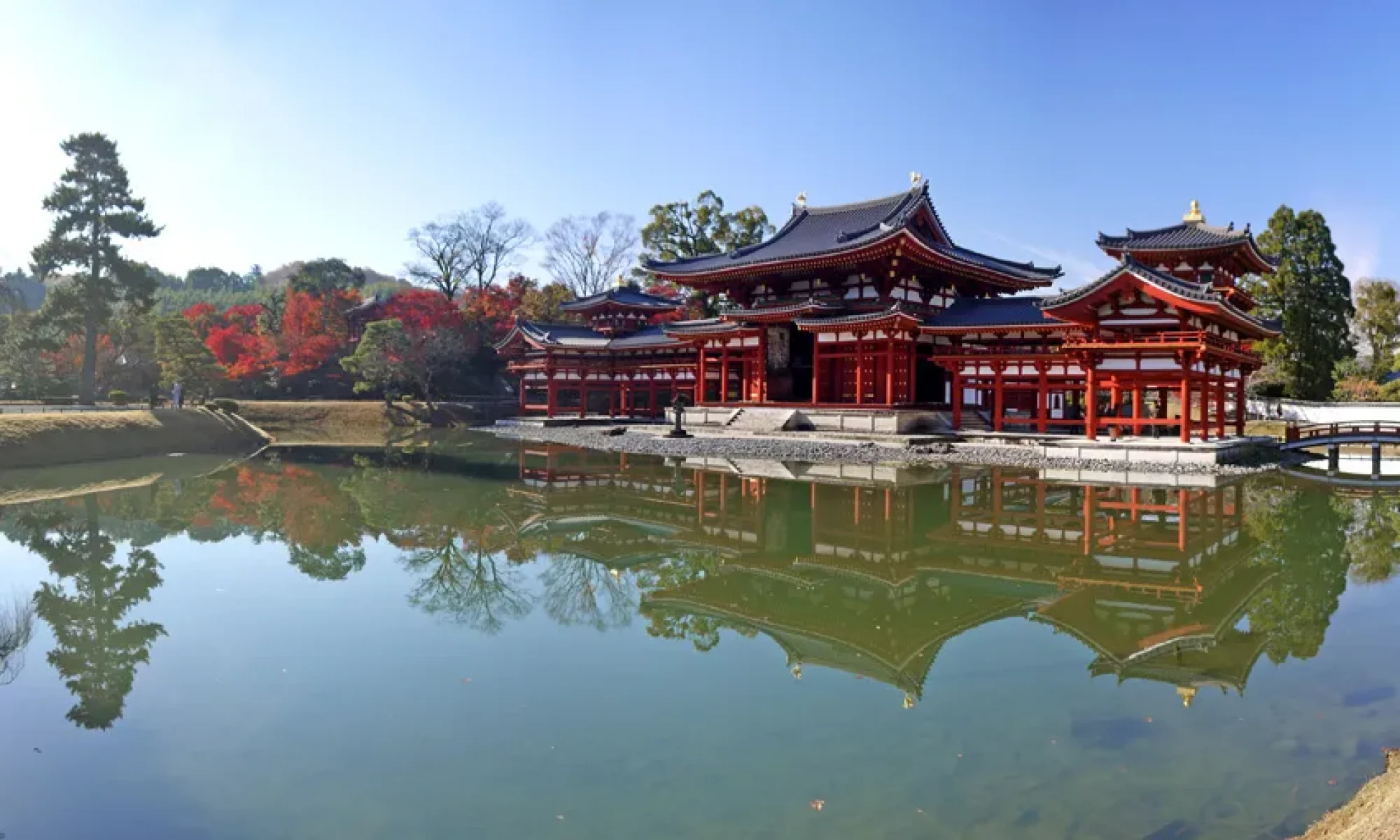Autumn leaves
About 2,000 maple trees are planted in the precincts of Tofukuji Temple, and the sight of them all changing colors at the same time is fantastically beautiful. Especially, Tsutenkyo Bridge is the most famous spot in Tofukuji Temple where you can appreciate the autumn leaves while crossing the tasteful wooden bridge. It is like walking through a cloud of red leaves, and the temple is usually crowded with visitors every year to enjoy the spectacular view that can only be experienced at Tofuku-ji Temple.
How to get to Tofukuji Temple
To get to Tofukuji Temple, you can take the Keihan Railway, JR or Kyoto City Bus. For the route from Kyoto Station, transfer to the JR Nara Line and get off at Tofukuji Station. It takes about 10 minutes on foot from the station.




















